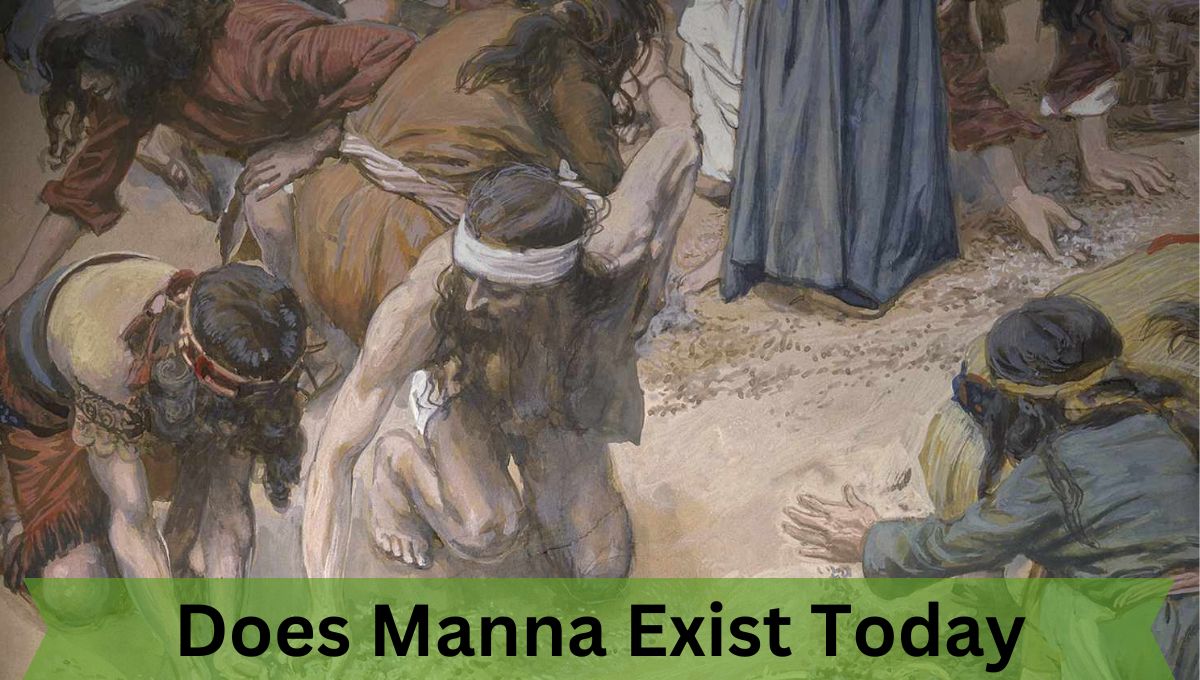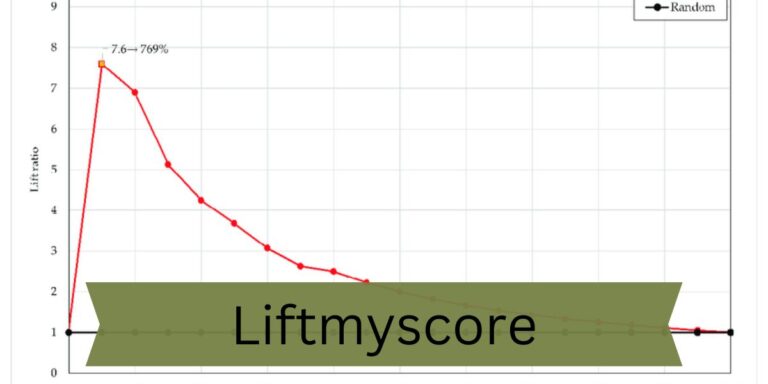Does Manna Exist Today – Discover The Truth!
Manna isn’t just a story from the Bible; it reminds us of unexpected blessings in life. Many people have felt comfort and support during tough times, just like the Israelites did. Learn how the idea of manna inspires gratitude and faith in our daily lives.
Manna, as depicted in the Bible, is no longer found today in its miraculous form. However, some natural substances, such as tree sap or lichen, are similar. Although there are modern products called “manna,” they do not recreate the biblical experience.
Stay tuned with us! We will talk about the interesting topic of manna and its significance. Don’t miss our upcoming discussions about its history and meaning!
What is manna?
Manna is a food mentioned in the Bible that God provided to the Israelites while they wandered in the desert. It looked like small white flakes and tasted sweet, like honey. Manna symbolizes God’s care and nourishment.
There is also a natural substance called “manna,” which is a sugary sap from certain trees, especially in Sicily, Italy. Overall, manna is important both historically and spiritually.
Are there any natural explanations for manna?
Yes, scientists and historians have proposed several natural explanations. Some theories suggest manna could be a type of lichen, a symbiotic organism made of algae and fungi.
Another theory is that manna could be honeydew secreted by insects such as scale insects, which feed on plant sap and excrete a sugary substance. Additionally, resin from the tamarisk tree, known for its sweet exudate, matches the biblical description in appearance and taste.
Can manna still be found today?
In certain parts of the Middle East, a substance called “man es-simma,” which translates to “manna from heaven,” is still harvested. This substance appears on the leaves of trees in the morning and is collected and used in traditional medicines and foods.

It shares some characteristics with the biblical manna, suggesting that similar natural phenomena might still occur today.
Has modern science identified manna?
While no definitive identification has been made, some scientific studies suggest that natural substances like resin from the tamarisk tree or honeydew from scale insects could be similar to the manna described in the Bible.
These substances have been observed to have similar physical properties and nutritional value, providing a plausible natural explanation for the ancient accounts.
Are there modern products labeled as manna?
Yes, there are modern products labeled as “manna.” Here are five notable examples:
1. Manna Bread:
A popular health food product, Manna Bread is a type of organic, sprouted bread known for its dense, cake-like texture and natural sweetness. It’s often marketed as a nutritious alternative to conventional bread.
2. Manna Health Mix:
Various health supplements and mixes are branded as “manna,” aimed at providing essential nutrients and promoting overall wellness. These products often include a blend of grains, nuts, seeds, and other healthful ingredients.
3. Manna Energy Bars:
These energy bars are designed to provide a quick and convenient source of nutrition for people on the go. They often contain a mix of protein, fiber, and healthy fats, making them a popular choice among athletes and busy professionals.
4. Manna Pro Pet Products:
Manna Pro offers a range of pet foods and supplements designed to support the health and well-being of animals. Their products include items for horses, chickens, goats, and other pets.
5. Manna Pack Meals:
These are pre-packaged meals created by various humanitarian organizations to provide nutritious food to those in need. Manna Pack meals are often used in emergency relief efforts and for addressing hunger in impoverished regions.
Read More: How to Get Salougatar: A Comprehensive Guide!
Do any religious traditions still use manna?
Yes, several religious traditions incorporate the concept of manna in their practices:

1. Judaism:
Manna is significant in Jewish tradition, particularly during Passover, when it is recalled as part of the Exodus story. Some Jewish teachings reference manna as a symbol of God’s provision.
2. Christianity:
In Christianity, manna is often referenced in sermons and teachings as a symbol of God’s sustenance and grace. The Eucharist, or Communion, is sometimes likened to manna, representing spiritual nourishment.
3. Islam:
While not directly referred to as manna, Islamic teachings recognize the miraculous sustenance provided to the Israelites during their desert journey. The concept of divine provision is an important theme in Islamic spirituality.
These traditions emphasize manna as a symbol of divine nourishment and support, reflecting its historical and spiritual significance.
What do scholars say about the existence of manna today?
Scholars have varying perspectives on the existence of manna today:
1. Historical Interpretation:
Some scholars view manna as a literal historical phenomenon, arguing that it was a miraculous provision from God for the Israelites during their desert journey. They suggest that it may have been a natural substance, like a type of resin or lichen, which ancient people interpreted as divine sustenance.
2. Metaphorical Understanding:
Other scholars interpret manna metaphorically, suggesting it symbolizes God’s ongoing provision and support rather than a tangible substance. This view emphasizes the spiritual and theological significance of the concept rather than its physical existence.
3. Natural Explanations:
Some researchers propose that certain natural phenomena, such as the exudation of certain trees or insect secretions, could have been the basis for the biblical accounts of manna. However, these explanations do not claim that these substances are the same as the biblical manna.
4. Cultural Significance:
Scholars also acknowledge the cultural and religious importance of manna in various traditions, highlighting its role in stories and rituals that convey themes of sustenance and divine care.
5. Lack of Evidence:
Overall, there is no consensus on the existence of manna today. Most scholars agree that while it may not exist in the same miraculous form, its symbolism and significance continue to resonate in religious contexts.
How does manna relate to modern spirituality?
In modern spirituality, manna is often used as a metaphor for divine blessings and the nourishment of the spirit. It reminds us of the importance of faith, gratitude, and trust in a higher power.
Many spiritual teachings use the story of manna to illustrate the concept of divine provision and the idea that one’s needs will be met through faith and reliance on a higher power.
Read More: Naltrexone 4.50mg Extremely Tired – The Complete Guide!
Is there any archaeological evidence of manna?
No, there is no direct archaeological evidence of manna as described in the Bible. Manna’s perishable nature means it would not leave behind physical traces.

While some researchers suggest natural substances, like tree sap or lichens, could resemble manna, no specific artifacts or remains have been found to confirm its existence. The accounts of manna primarily come from biblical texts rather than archaeological findings.
FAQs:
1. What is the symbolic meaning of manna?
Manna symbolizes divine providence and sustenance, highlighting faith’s ability to meet needs. It serves as a metaphor for unexpected blessings, encouraging gratitude and trust during uncertain times.
2. What is manna in today’s world?
In today’s world, “manna” often refers to the biblical concept of divine provision and sustenance. It is also used metaphorically to describe unexpected blessings. Additionally, there are natural substances, like a sugary exudate from trees, sometimes called “manna,” particularly in Sicily, Italy.
3. Where does manna fall today?
Manna, in the biblical sense, does not physically fall today. However, similar natural substances can be found in certain regions, such as tree sap or lichens, which are sometimes referred to as manna.
4. Where is the manna kept?
Manna, as described in the Bible, was collected and kept in jars by the Israelites for a day, except on the Sabbath. In modern contexts, references to “manna” typically pertain to metaphorical uses or natural products, which are stored as needed, like any other food item.
5. What plant does manna come from?
The natural substance known as “manna” primarily comes from the **manna ash tree** (*Fraxinus ornus*). This tree produces a sugary exudate that has been harvested and used in culinary applications, particularly in Sicily.
Conclusion:
While the miraculous manna from the Bible does not exist today, it remains a symbol of divine provision and unexpected blessings. Similar natural substances, like the sugary sap from the manna ash tree, can still be found.
Manna continues to remind us of the importance of faith, gratitude, and trust in challenging times.
Read More:






